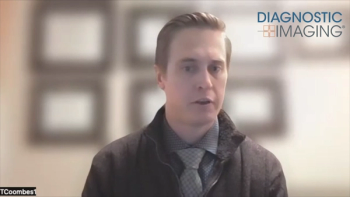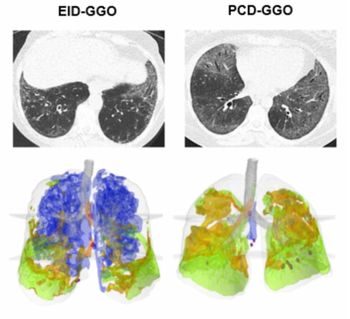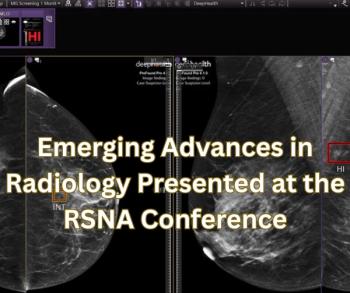
Diagnostic Imaging's Weekly Scan: Feb. 15, 2021, to Feb. 19, 2021
Mammography "Sweet Spot" Recall Rate; MRI for Early-Stage Testicular Cancer Follow-Up; COVID-19 and Body Self-Attack; Plus, Global Radiology
Welcome to Diagnostic Imaging’s Weekly Scan. I’m senior editor, Whitney Palmer.
Before we get to our featured interview with a multi-institutional panel about efforts to expand radiology education and the use of radiology technologies globally, here are the top stories of the week.
The “sweet spot” recall rate for screening mammography is actually lower than the currently accepted level, according to new research. Rather than the 12 percent-to-14 percent recognized, new research published in the
Using MRI, instead of CT, for follow-up in men who have been treated for early-stage testicular cancer reduces their exposure to additional radiation and could lower their risk of developing future cancers. Currently, treatment for these men involves removing the affected testicle and following the patient with CT for five years. However, new research presented at the
Sore muscles, achy joints, and swollen toes – it’s not what we typically think of when we talk about COVID-19. But, these symptoms are proof that the virus does not only attack the body – it pushes the body to attack itself. In a study released this week in
And, finally, this week, Diagnostic Imaging spoke with several of the radiologists from Penn Medicine (Abass Noor, M.D.), the Children’s Hospital of Philadelphia (Kassa Darge, M.D.), the University of Texas Southwestern (Ajay Kohli, M.D.), and the University of California at San Francisco (Bhavya Rehani, M.D.) who are currently involved in efforts to expand radiology education and technologies to resource-limited areas globally. They discussed the importance of these efforts, what has been accomplished to date, and what the future holds. Here’s what they shared.
For more coverage based on industry expert insights and research, subscribe to the Diagnostic Imaging e-Newsletter
Newsletter
Stay at the forefront of radiology with the Diagnostic Imaging newsletter, delivering the latest news, clinical insights, and imaging advancements for today’s radiologists.




























